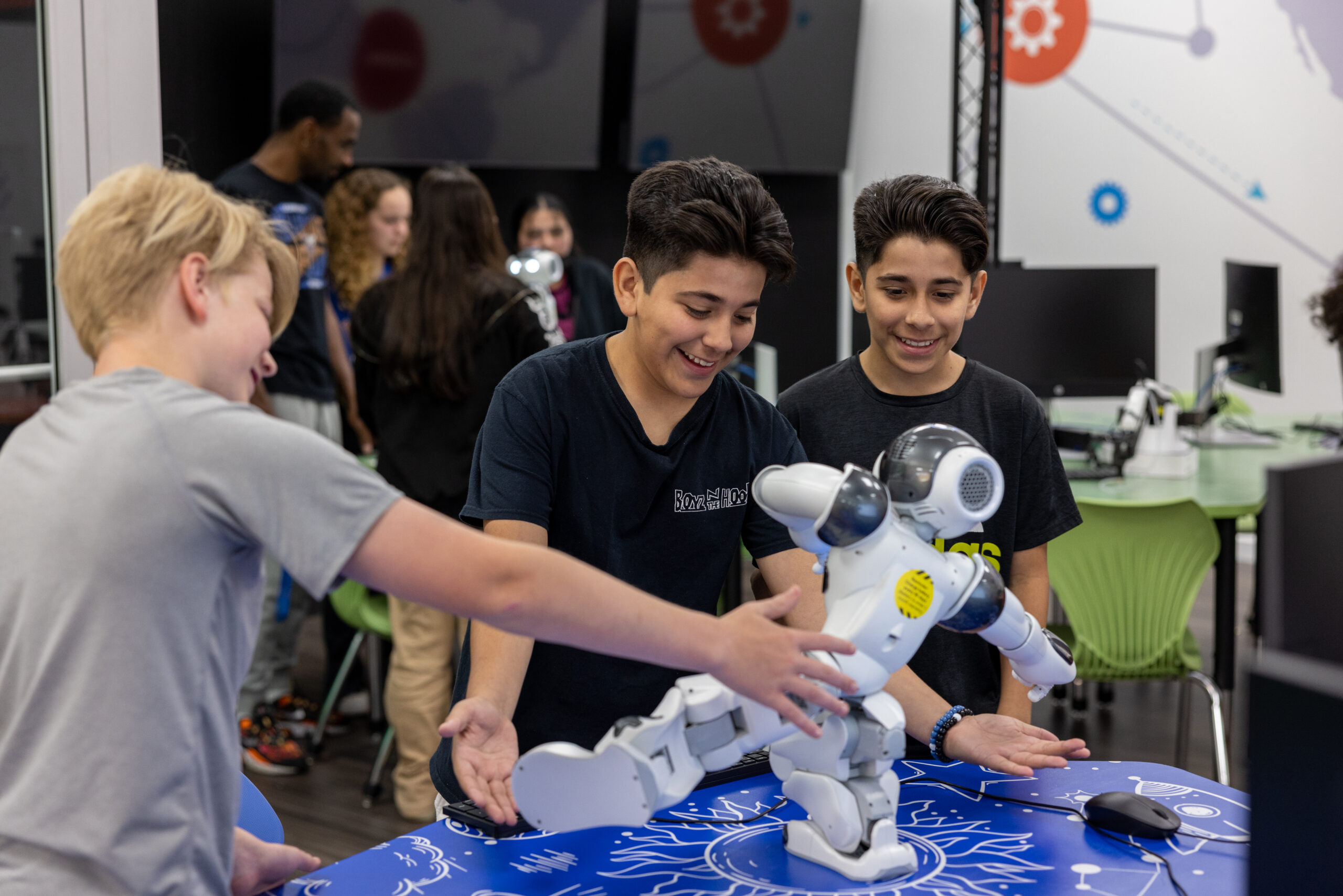Author: Katie Brenneman
The strength of education based on stems will never be underestimated. As a society, we have a growing dependent UPPON Advanced Technologies technology, even in industries that you initially appear directly related to STEM, which makes this type of absolutely critical education. Skills acquired through science, technology, engineering and mathematics will continue to be necessary for our society for the future.
In the coming years, it is likely that STEM advances will continue to have a greater and greater impact on lives. One way to happen is to integrate more robotics. Thousands of jobs will be lost on robotics and automation, while thousands of others will be created, mostly in the fields of control and maintaining robotic systems. To prepare for it, our students will have to get acquainted with robotics and become innovators of tomorrow.
Brings robots to class
Perhaps the easiest way to help prepare our students for success in the robotic future is to bring technology to the classroom now. There are many ways to be incorporated from robotic teaching tools into practical robotic projects. All these have the power to offer creative teaching opportunities, but they all have some challenges and The obstacles associated with their truly get into the classes.
One of the biggest advantages of bringing robotics to the class is that it is not a single subject teaching. Robotics itself can teach different skills For example:
- Physics: Students will learn about the movement of AO how technological tools work with natural forces and against.
- Cooperation: Students may have to work together to design different robot elements, which is a valuable exercise for team building.
- Design: Students can learn about the design software with computer support (CAD) and get an understanding of how to strengthen robots’ activity.
- Communication: Students will have to develop the language and skills for communicating their progress and needs, where it is with other studs, teachers or even with the robot itself.
- Engineering: Students will learn about the practical aspects of building a robot and creative thinking involved in this process.
- Coding: Students will have to integrate some coding into program events that their robot will take and how it will respond to certain situations.
When it goes to the future, robotic technology will continue to evolve. More personalized and customizable robotics is starting to enter the market space, which can bring even more innovative educational experiences for students. Other suggestions can help students link their robots through digital platforms and learn about the greater impact of robotics around the world.
Opening door, creating opportunities
Students who even have a basic understanding of robotics are likely to have more opportunities, as well as life after high school. A student passionate for robotics can Choose it as a major. Not only can this help students develop the skills needed to adapt to the rapidly changing labor market, but also that they are available, that they are choosing the main ones interested in, and this increases for future success. Part of this is that robotics have an impact on the daily sector of the economy and will probably only play a larger and larger role.
The example lies in the retail industry. Large box shops are already using robotics In several respects, included in the administration of customer services and warehouse; They will probably continue to integrate technology more and more forward. In the future, the positions at a higher level will probably work better if they have at least some understanding of robotics technology.
Another example is a highly dirty practical field such as welding. Welding is a vital field This supports hundreds of other industries, from agriculture to construction and production, but is changing. Currently, the welding industry is beginning to integrate automation and robotics. This means that the next generation of welders must have at least some understanding of how modern technologies are incorporated and how they can be used to increase work and performance.
To a larger role robot
In addition to the classroom, robotics will continue to increase in our lives. For many, the question we want to infiltrate our lives with robotics will become a central question. Many STEM experts will have to balance moral and ethical dilemmas, such as determination, how robotic equipment works in an emergency that prefers savings and how many losses are acceptable. As a society, we will have to deal with ethical dilemmas of robotics and moral responsibility of STEM professionals who create them.
A modern example of that in action is The rise of a car with its own drive. For many technological enthusiasts, this is a huge success that we should continue to push forward, but others are not necessary. This is a particularly prevailing idea when we are considering many experts still struggling with how to program cars in order to make difficult decisions in Emmergence. For example, should a car program to prefer the lives of its inhabitants or the lives of others on the road in the event of an accident?
Regardless of the different views of vehicles with their own drive, this technology comes; This means that today’s developers and tomorrow will have to face these progress and questions that they ask for our society earlier than later. This means that it is important to start introducing robotics into classrooms.
Conclusion
Advances in Robotice have strongly transformed aspects of our lives and will do so in the future. Today, many young people have the opportunity to learn from robotics in their classrooms and gain skills to stay before these powerful advances. Robotic education offers many opportunities through a wide range of skills that integrates and will revise in almost every industry in the future. Robotics will really help build innovators tomorrow.
Learn more about Stem for education

